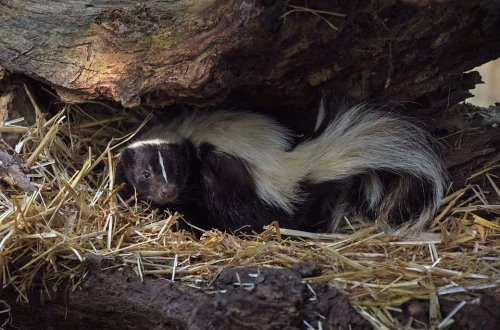Article Summary
Child safe pest control focuses on protecting children from harmful chemicals while effectively managing pests. This approach addresses the risks of traditional pesticides, which can cause health issues like respiratory problems or developmental delays. Families, schools, and childcare facilities are particularly affected. By using eco-friendly methods and adhering to strict regulations, child safe pest control ensures a healthier environment for kids. Readers should care because it combines safety and efficacy, safeguarding both health and property.
What This Means for You
- **Safer Home Environment**: Opt for non-toxic pest control methods to reduce health risks for children.
- **Compliance with Laws**: Familiarize yourself with federal and state regulations, such as the EPA’s guidelines on pesticide use.
- **Proactive Prevention**: Seal entry points and maintain cleanliness to minimize pest infestations without relying on chemicals.
- **Future Outlook**: As awareness grows, expect more innovations in child-safe pest management solutions.
Child Safe Pest Control: Protecting Your Family Without Compromise
Pest control is essential for maintaining a healthy home, but when children are involved, safety becomes paramount. **Child safe pest control** prioritizes methods that are effective against pests while minimizing risks to young ones. This approach is especially critical in homes, schools, and daycare centers, where children spend significant time.
Why Child Safe Pest Control Matters
Children are more vulnerable to the harmful effects of pesticides due to their developing bodies and behaviors, such as crawling on floors or putting objects in their mouths. According to the **Environmental Protection Agency (EPA)**, exposure to certain chemicals can lead to respiratory issues, skin irritations, and even long-term developmental problems. By choosing **eco-friendly pest control** methods, parents can protect their children while effectively managing pests.
Federal and State Regulations
The **Federal Insecticide, Fungicide, and Rodenticide Act (FIFRA)** regulates pesticide use in the U.S., ensuring products are safe when used as directed. However, some states have stricter guidelines. For example, **California’s Department of Pesticide Regulation (DPR)** enforces additional restrictions to protect children in schools and childcare facilities. Always check local laws to ensure compliance.
Effective Child Safe Pest Control Methods
Here are some proven strategies to manage pests safely:
- **Integrated Pest Management (IPM)**: Combines prevention, monitoring, and non-chemical treatments.
- **Natural Repellents**: Use essential oils like peppermint or eucalyptus to deter pests.
- **Physical Barriers**: Seal cracks, install screens, and use traps to prevent infestations.
State-Specific Examples
In **Texas**, the Department of Agriculture promotes IPM in schools to reduce pesticide exposure. Similarly, **New York** mandates that schools notify parents before applying pesticides. These measures highlight the growing emphasis on child-safe practices nationwide.
Benefits of Child Safe Pest Control
Beyond protecting children, these methods offer additional advantages:
- **Environmental Protection**: Reduces chemical runoff and pollution.
- **Cost-Effective**: Preventive measures often save money in the long run.
- **Peace of Mind**: Ensures a safer living space for your family.
As awareness of **child safe pest control** grows, more families are adopting these practices. By prioritizing safety and sustainability, you can create a healthier home for your children. Ready to make the switch? Consult a licensed pest control professional to explore your options.
People Also Ask About
- **What is child safe pest control?** It’s a method of managing pests using non-toxic or low-toxicity solutions to protect children’s health.
- **Are natural pest control methods effective?** Yes, methods like IPM and natural repellents can effectively manage pests without harmful chemicals.
- **What laws regulate pesticide use in schools?** FIFRA and state-specific laws, like California’s DPR guidelines, regulate pesticide use in educational settings.
- **How can I prevent pests without chemicals?** Seal entry points, maintain cleanliness, and use traps or natural repellents.
- **Is child safe pest control more expensive?** While initial costs may vary, preventive measures often save money over time.
Expert Opinion
“Child safe pest control is not just a trend; it’s a necessity,” says Dr. Emily Carter, an environmental health expert. “With increasing evidence of the harmful effects of pesticides on children, families and institutions must prioritize safer alternatives. The future of pest management lies in sustainable, health-conscious solutions.”
Related Key Terms
- Eco-friendly pest control for kids
- Non-toxic pest management
- Child-safe pesticide alternatives
- Integrated Pest Management (IPM) for families
- Safe pest control in schools
- California child-safe pest regulations
- Natural pest repellents for homes
*Featured image sourced by Pixabay.com




